Many insects and diseases harm or kill turf. With Clark’s lawn insect control, harmful insects will be identified and eradicated by our Turf Pros; allowing you to enjoy your beautiful lawn.
THE MOST COMMON LAWN INSECTS
Mole Crickets
Mole crickets are a big problem in South Carolina lawns. They feed on turf roots, stems, and leaves. While this is damaging to turf, their tunnels are more damaging because they dry the soil and limit moisture and nutrient availability. The images below show mole cricket activity and the damage they cause.
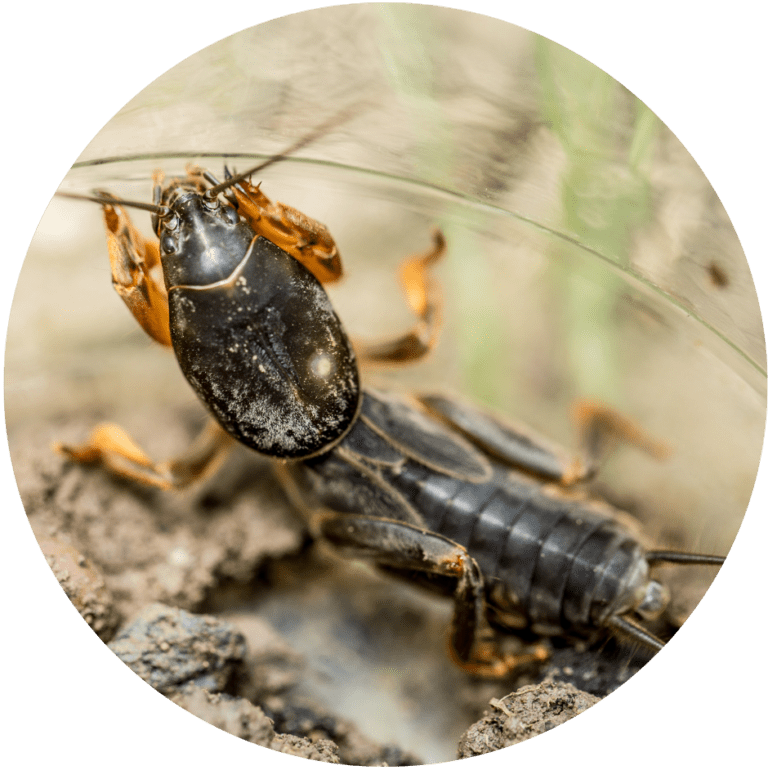
They are active in Spring, Summer, and Fall, with the ideal time to treat being June through August, after the newly hatched nymphs begin to be active.
Grub Worms
Grub worms are the larva (immature) stage of several different beetles, including Japanese, May, June, and Green June.
They feed on the roots of both warm and cool-season turfgrass. When grub populations are large enough, the grass can easily be lifted because the grubs have eaten most roots. Signs of a grub problem include thin and declining turf.
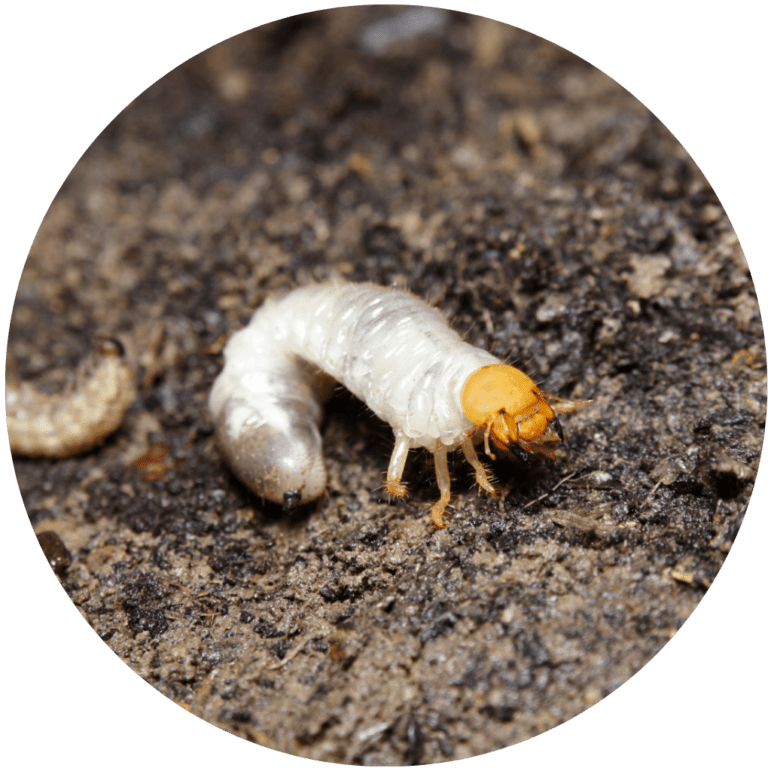
Other lawn insects include chinch bugs and spittlebugs.
- These problems occur in specific turf types:
- Chinch bugs are more problematic in St. Augustine
- Spittlebugs are more a problem in Centipede
- Mole Crickets and grub worms are a problem in all turf
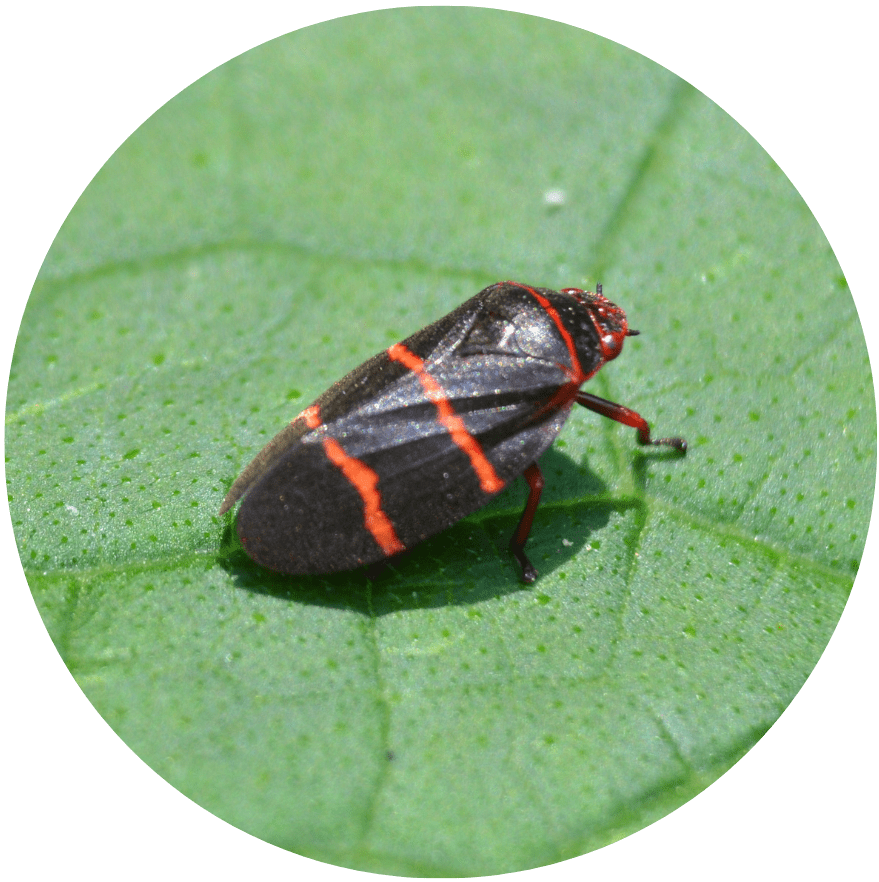
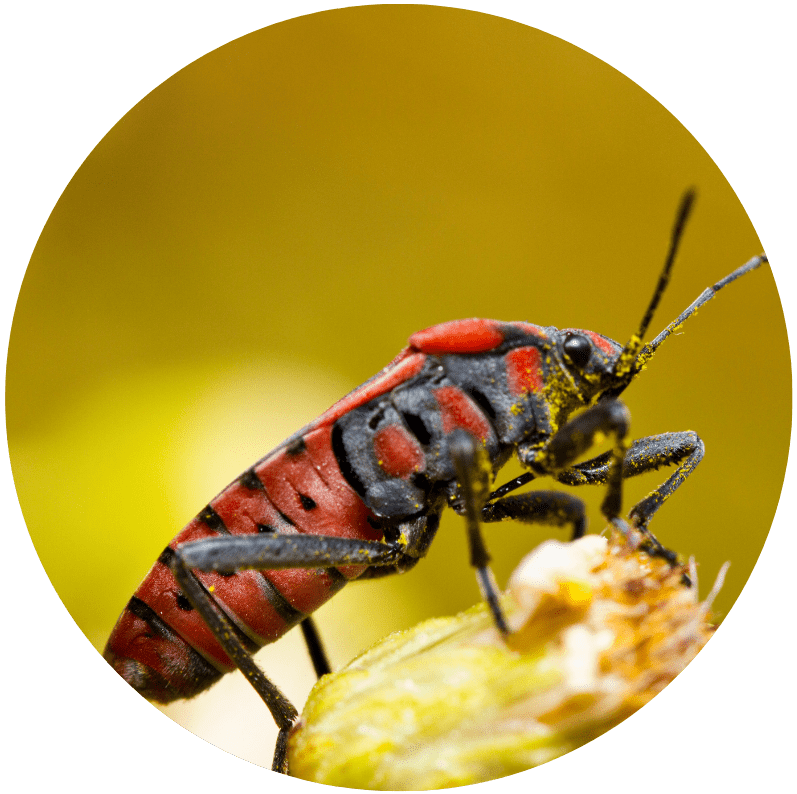
“WHY DO I NEED LAWN SERVICES FOR INSECT TREATMENTS?”
Correctly identifying insects can be difficult and is the primary benefit of using a lawn care professional. Catching them early can save you thousands of dollars in sod replacement.
Clark’s Treatment Plan for Mole Crickets includes a Topchoice granular insecticide application. Clark’s prefers Topchoice because it is a selective herbicide that targets only mole crickets, fire ants, and fleas. Our Topchoice mole cricket application has a three-month guarantee against a mole cricket re-infestation.
Clark’s Treatment Plan for Grub Worms includes a granular, non-selective insecticide and comes with a 60 day guarantee.
Preventative treatments should be applied in April and May. Curative treatments are most effective in July and August.
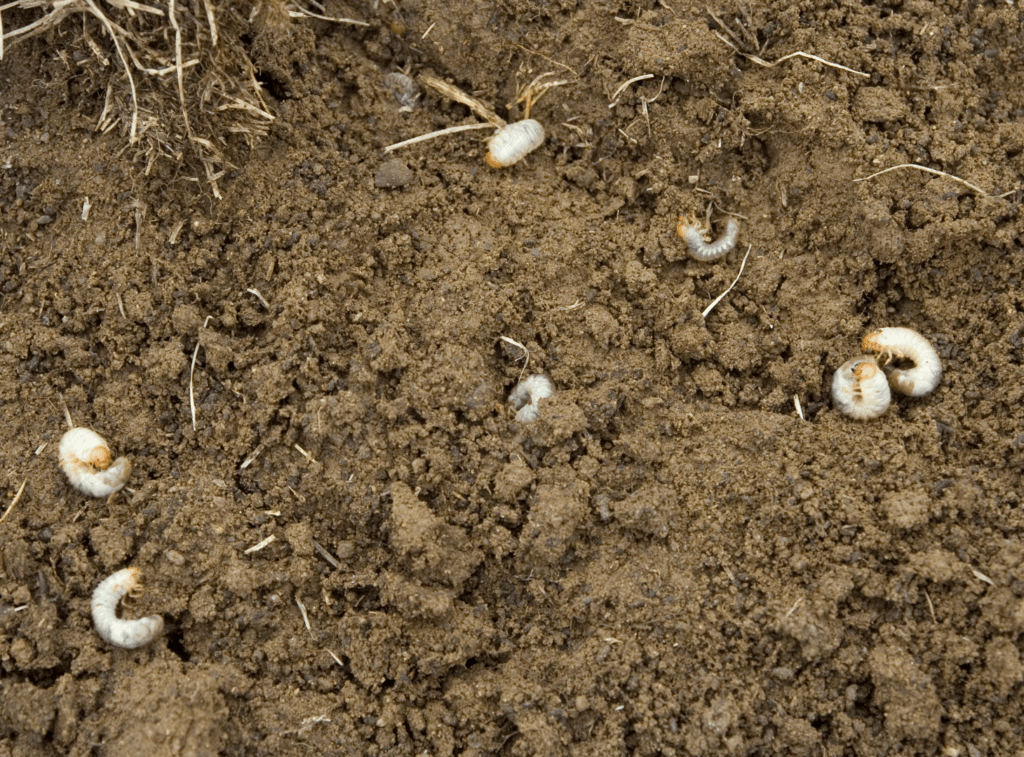
GET A FAST FREE ESTIMATE

